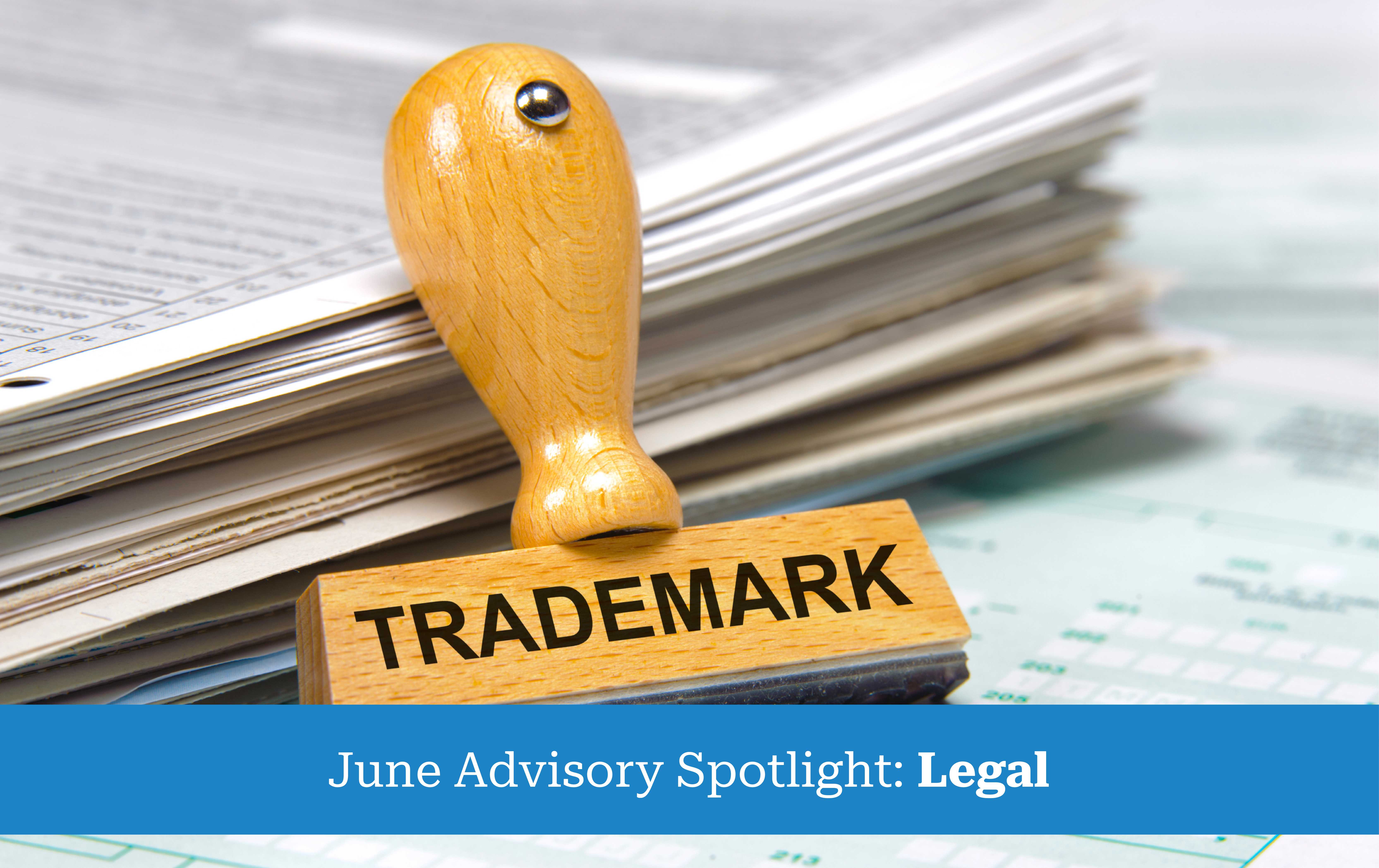
Congratulations! Your company has become a success. You have already proven out the basic elements of your company and are able to scale and implement this into different markets. You imagine this company will be a cash cow for years to come.
Doesn’t this make your company ripe for copying? Using similar names is one way that competitors may try to take a portion or your success. What can you do to stop this?
Policing Your Brand Rights
Brand protection consists of four different components. Each function plays a distinct role, so different aged companies tend to need some of these components more than others.
For mid-stage companies, the main concerns tend to be policing and enforcing their rights in the various brands they use. Some mid-stage companies may have missed the initial stages of brand protection in their startup phase, so there may be some catch-up work required.
We will assume that this mid-stage company has already completed the searching and authentication components for its earliest brands. If not, please review my article from last week regarding this topic. Now that you have secured some enhanced rights in your brands, it is time to police and enforce your rights.
Policing in brand protection is much like it is in law enforcement. When it comes to crime, officers patrol our community to ensure no one is violating the rights of others. The government does not hire police for brands. Instead, you need to look around to make sure no one is using a brand which may violate (infringe) your brand rights.
While you can police informally (e.g., you happen to notice a similar product with a similar name for sale at a store), effective policing should involve employing technology and reviewing the items discovered on a frequent basis. Brand protection attorneys can help you with the technology portion, and help you set it up to find potential infringers.
The key to policing is to find companies using similar brands in connection with related products or services. These companies may cause confusion in the marketplace. They may also steal your sales and/or dilute the value of your brand in the marketplace. It is best to catch these items early before they cause a real problem.
Enforcing Your Brand Rights
What happens once you find a company that appears to be using a brand which could cause confusion in the marketplace? That’s when you move forward to enforcement.
If your policing efforts uncover someone violating your brand rights, you should decide whether or not to enforce your rights. There are many ways you can approach these situations, and your brand protection counsel can help you navigate these choices. Enforcement involves much more strategy than the other steps of brand protection. Trying to decide what early steps you should take may determine whether or not you will achieve your desired result.
There is a simple reason why you should enforce your rights. Enforcing your rights effectively is the only way to ensure that you are able to claim exclusive rights in your brand. That is, the only reason you are given rights in your brand is because you are creating a promise between you and the public. The public relies on being able to see your brand and trust that your company is the one who stands behind the product or service sold under that brand. If you let other companies use your brand without your approval, you are breaking that trust.
Enforcement does not have to be expensive. Most people know that litigation can be very costly. While this is one type of enforcement, there are many other ways that are far less expensive and can have positive results.
New Brands for Mature Companies
Policing and enforcement are topics for more mature brands. It makes sense that mid-stage companies focus on these topics. However, not every brand used by a mid-stage company is mature. Companies are constantly innovating, which could include creating new brands, using established brands in connection with new products or services, or expanding into new geographic zones.
As explained in more detail in my earlier post, searching helps identify the risk associated with adopting a brand. The searching component does not apply to only new companies, it applies to new brands. This is obvious in a situation where an established company adopts a brand it has never used before, but it also applies to using an established brand in connection with different products or services or using an established brand in a different geographic zones (and especially in a new country). You should not assume that your rights in a brand means that you also have rights in a slightly different use of the same brand.
Once you’ve determined the risk associated with a new brand is acceptable, you should then determine whether it makes sense to authenticate those rights. It likely makes sense to register your rights in a new brand, or in an existing brand used in a new country. However, it may not make sense to register your rights in an existing brand that is being used in connection with something related to its existing use. There are a lot of variables that can go into this decision, and many opportunities that should be considered.
Search, authenticate, police, enforce. Rinse, wash, repeat. Searching and authentication are more inward facing. Accordingly, the dynamic nature of a company means that its brands are constantly evolving, which requires ongoing need for searching and authentication. Policing and enforcement are more outward facing. Accordingly, the dynamic nature of an industry means that competing companies’ brands are constantly evolving, which requires ongoing need for policing and enforcement.
712 Views












